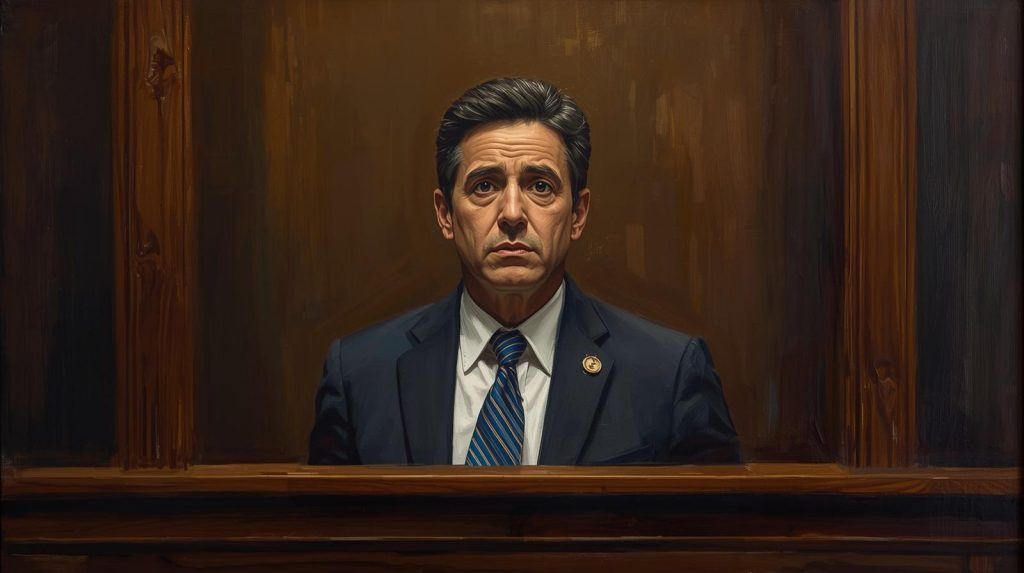Introduction
It’s not always straightforward to work out who owns intellectual property (IP) rights in an invention developed in the academic context. This article provides some pointers on where the answer may be found and issues that could impact the outcome.
Where to look:
Legislation:
In contrast to various overseas jurisdictions,[1] New Zealand and Australian legislation is silent on the issue of ownership of inventions created by employees generally, let alone academic employees.
Contracts:
Employers commonly claim ownership of inventions created by their employees in the course of employment via contract. There may be multiple documents that together form the contract, as well as other agreements that impact on the ownership of an invention created by an academic, such as:
Contracts between Tertiary Institution (TI) and Academic:
1. The Employment Agreement (EA): the agreement may assert ownership, express an expectation of ownership, or simply refer to the incorporation of TI policies.
2. The IP Policy: a TI’s IP policy may outline IP ownership and processes to be followed in terms of reporting obligations, decision-making and implementation of ownership, as well as covering share of benefits.
3. Other documents that form part of the EA: a position description or schedule of duties may assist with determining the scope of employment. However, these may be broadly scoped to reflect the peculiarities of the academic’s role and associated freedom to choose research topics, collaborators, teaching materials, and dissemination methods.
4. Deed of Assignment (DOA): a TI’s IP policy may refer to ownership being assured through the parties entering a DOA, so a signed DOA may supersede the default position detailed in an EA or IP policy.
5. Share of Benefits Agreement: this may have been entered into alongside a DOA and form part of the overall understanding of the IP ownership arrangement.
6. Variations to EA or Redundancy Agreements: these may outline a different IP ownership agreement to the default position.
Contracts with third parties:
7. Student agreements: where a postgraduate student, enrolled at the TI and supervised by an academic, is involved in creating the IP and/or the research project, there may be agreements that include clauses covering ownership of the IP they create.
8. Research funding or project agreements: agreements with government bodies, research funders, other TIs, Crown Research Institutes, and private sector. An external research funding arrangement usually has a written contract with the TI (as employer of the academic) that covers IP ownership. Ownership arrangements may be complex if personnel from other organisations contributed to devising and developing the invention.
9. Agreements with indigenous groups: oral or written agreements with the traditional custodians (first nation groups, hapū or iwi) of indigenous cultural and intellectual property that outline a process and ownership arrangement with them regarding sacred cultural material / taonga species or from traditional knowledge / mātauranga Māori.
10. Other agreements signed in relation to the research/invention: agreements covering receipt and use of certain materials or use of facilities/equipment may cover IP ownership of IP created using the materials, facilities or equipment. Even confidentiality or non-disclosure agreements may include IP ownership clauses.
Common law:
In the absence of applicable legislation or an enforceable contract, the ownership of employee inventions is implied with recourse to common law principles. This is a topic in itself and one I will cover in a future article.
Conclusion
As you can see, discovering the answer to IP ownership is fact specific to the particular academic employee and tertiary institution. It may take collating and reviewing various documents and correspondences to piece together the answer.
[1] For example, the United Kingdom, Germany, Sweden, Italy, China and Japan.









